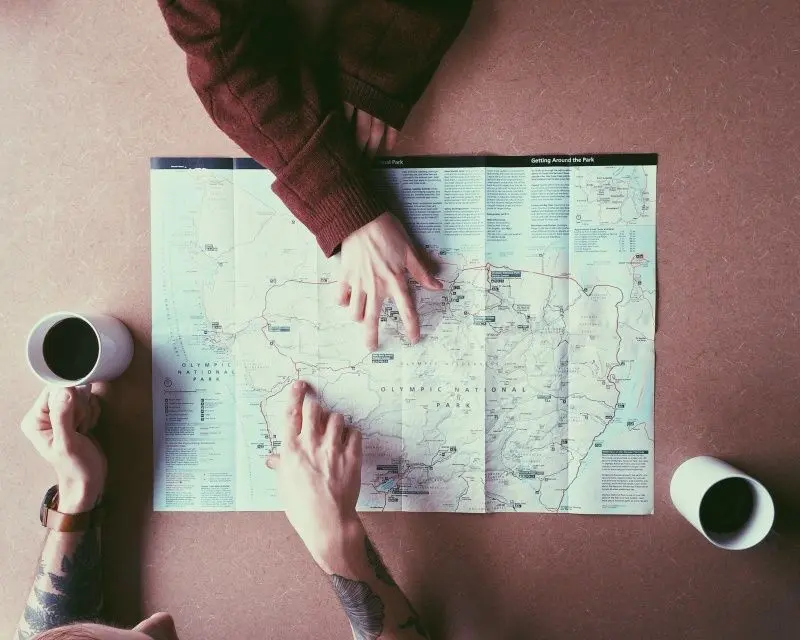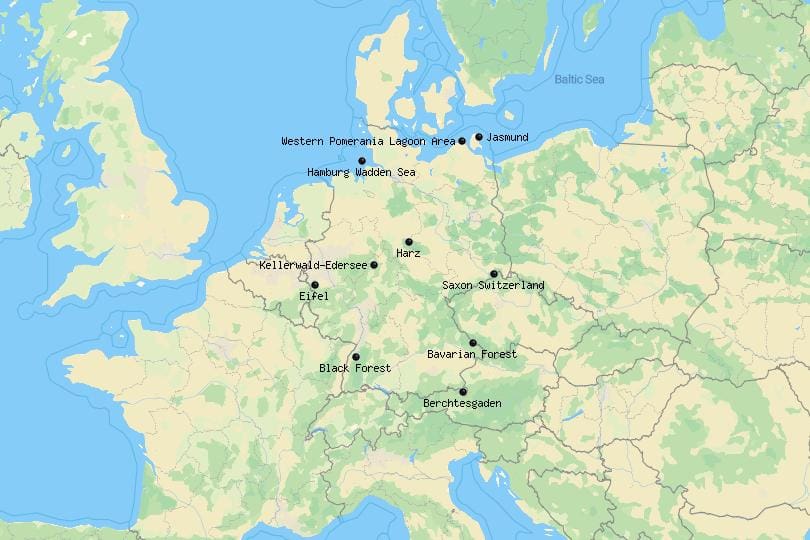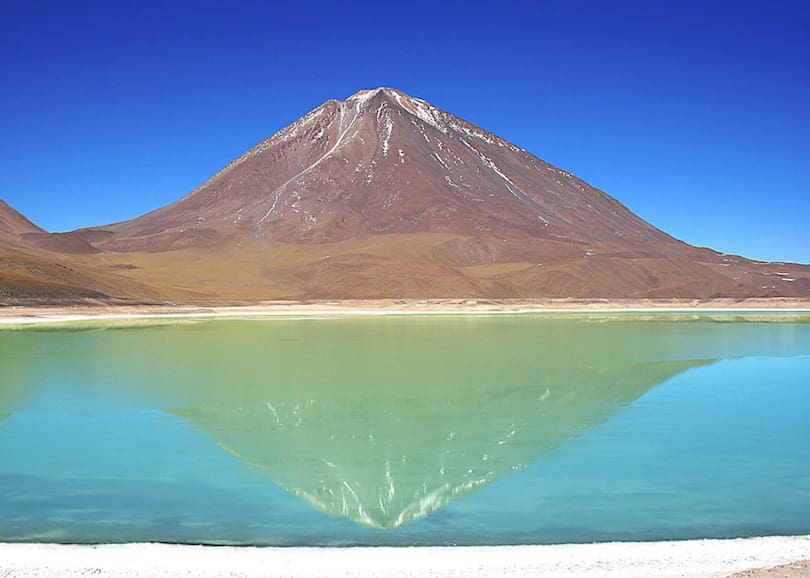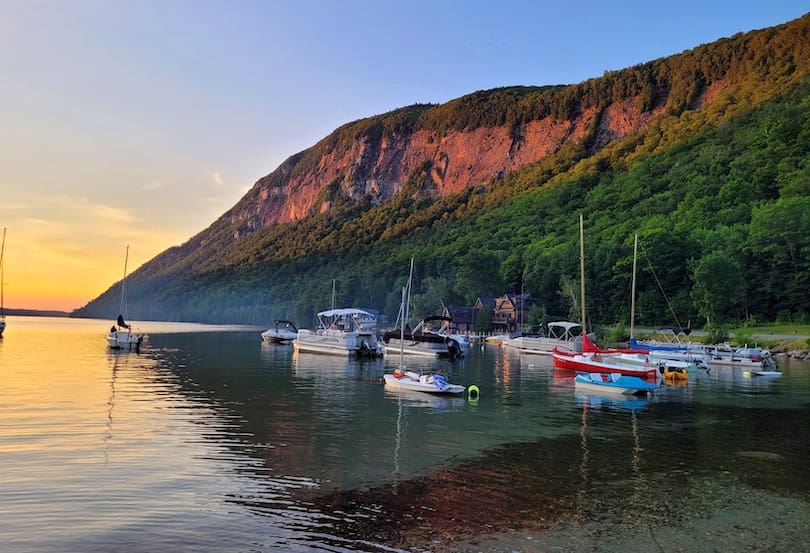Hiking and camping offer a perfect way to reconnect with nature, challenge yourself physically, and escape from the hustle and bustle of daily life. Whether you’re a seasoned adventurer or a first-time camper, it’s crucial to plan and prepare to make the most of your experience. With the right preparation, gear, and mindset, your outdoor adventure can be an unforgettable journey. However, hiking and camping also come with their challenges, so it’s important to be well-equipped and informed. From selecting the right trail to knowing how to keep safe in the wilderness, this guide offers tips to ensure that your hiking and camping tours are successful and enjoyable.
By being proactive in your planning and understanding key factors such as weather conditions, terrain, and safety precautions, you can make your hiking and camping trip an enjoyable and safe experience. Whether you’re hiking in the mountains, trekking through a forest, or camping by a lake, following these essential steps will help you avoid common mistakes and ensure that you make the most of your time outdoors. So, let’s dive into the essential tips that will guide you through a successful hiking and camping tour, ensuring that you are well-prepared for whatever challenges may arise during your adventure.
Plan Your Adventure First

Before setting out on any hiking or camping adventure, proper planning is vital. Start by researching your destination thoroughly. Understanding the terrain, weather conditions, and potential risks in advance will allow you to select the right trails or campsites. Ensure that you choose an area that matches your experience and fitness level. It’s essential to pick a route that suits both your physical ability and the level of adventure you’re seeking. Knowing the distance, elevation gain, and estimated time it takes to complete the trail will help you properly plan your hike.
Additionally, it’s important to plan your accommodation and transportation if necessary. Some national parks and camping grounds require reservations well in advance, especially during peak seasons. Create a well-organized itinerary with clear departure and arrival times. Share it with a friend or family member, so they know your plans. Also, double-check that all permits and passes are in order, particularly if you’re visiting national parks or other regulated areas. By preparing your trip thoroughly, you’ll avoid unexpected surprises and have more time to enjoy the experience.
Essential Travel Gear

Choosing the right gear is essential for a safe and enjoyable hiking and camping experience. Start with a well-fitted backpack that can carry all of your essentials without being too heavy. A lightweight yet durable tent is crucial, as well as a sleeping bag suitable for the weather conditions you’ll be facing. Your gear should include waterproof layers, especially if you’re hiking in wet or cold conditions. The right hiking shoes or boots are also essential. They should be comfortable, durable, and provide adequate ankle support for uneven terrain. Make sure your shoes are broken in before heading out, as new footwear can lead to blisters.
Other important gear includes a stove or campfire supplies for cooking, a first-aid kit, headlamps or flashlights with extra batteries, and a multi-tool. If you’re hiking in remote areas, consider a satellite phone or emergency beacon in case of a problem. Always carry extra water and food, and be mindful of lightweight, high-energy snacks to keep your energy levels up on the trail. A good map or a GPS device is also essential for navigating and staying on course.
Be Prepared

Proper preparation isn’t limited to gear. It’s crucial to be mentally and physically prepared for the challenges that come with hiking and camping. Depending on the trail or location, you may encounter steep ascents, challenging weather conditions, or unforeseen obstacles. It’s essential to train your body before embarking on long or strenuous hikes. Make sure you’re prepared for the physical demands of the journey and that your stamina is up to the task.
Preparation also includes studying the flora and fauna in the area. It’s wise to know the risks of encountering wildlife such as bears or venomous snakes and understand how to react if you do. Furthermore, ensure you understand how to use the gear you’re bringing with you, especially items like a stove, water purifier, or fire-starting kit. Lastly, familiarize yourself with Leave No Trace principles and ensure that you’re ready to clean up after yourself in the wilderness, respecting the environment and the beauty it offers.
Staying Safe Should Be Your Priority

Safety is paramount when hiking and camping. Always ensure you’re well-equipped for the trail or campsite you’re visiting, with the proper gear and safety tools. Hiking and camping in unfamiliar places can present risks such as dangerous weather conditions, wildlife encounters, and difficult terrain. Always let someone know where you’re going and your expected return time, and consider hiking with a partner or group for added safety.
Be prepared to turn back if conditions change unexpectedly, such as in the event of a storm or if you encounter dangerous wildlife. Always carry emergency supplies, including a whistle, flashlight, and first-aid kit, as well as a communication device like a satellite phone. If you’re hiking in a remote area, make sure you’re aware of the nearest help or emergency services.
Weather and Terrain Observation

Understanding the weather and terrain is key to preparing for a successful hiking and camping experience. Keep an eye on weather forecasts, and be prepared for sudden changes in temperature, rainfall, or snow, especially in mountainous areas. In colder climates, pack appropriate layers, and in warmer environments, ensure you’re hydrating properly and using sunscreen to protect yourself. Terrain varies greatly depending on where you’re hiking, and each type presents its own challenges. From rocky landscapes to muddy marshes, knowing what to expect will help you pack the right equipment.
Before setting off, review the map and terrain features of your destination. Be prepared to adjust your plans according to your observations of the terrain. If you find that a trail is too difficult or dangerous, don’t hesitate to take a different route. It’s always better to make changes for safety than to risk injury.
Selection of Campsite

Choosing the right campsite can greatly affect the quality of your hiking and camping experience. Look for a flat, dry, and safe spot that is away from water sources, which can flood, or cliffs, which could be unstable. Ideally, your campsite should have good natural shelter from wind, as well as a clear, open area for setting up your tent. Avoid setting up your camp in areas that are prone to wildfires or flooding.
If you’re camping in a designated campground, make sure you’re familiar with the campsite’s rules and regulations, including fire bans, wildlife management policies, and where to dispose of waste. Always pack out all your trash, leaving the site just as you found it, or even cleaner. A well-chosen campsite ensures a peaceful, enjoyable, and safe experience in nature.
Final Thoughts A hiking and camping tour can be an unforgettable experience, offering a chance to disconnect from the modern world and immerse yourself in the beauty of nature. By carefully planning, choosing the right gear, preparing for various challenges, and prioritizing safety, you can enjoy your time outdoors to the fullest. Whether you’re hiking in a national park, trekking through the wilderness, or camping under the stars, these essential tips will help ensure a safe, enjoyable, and successful outdoor adventure.
FAQs
- What should I bring for a long camping trip? A well-equipped backpack with a tent, sleeping bag, stove, water, and food. Don’t forget a map, headlamp, and a first-aid kit.
- How do I stay safe while hiking? Stay on marked trails, carry emergency communication devices, and monitor the weather. Always let someone know your plans.
- What type of shoes are best for hiking? Sturdy hiking boots with good ankle support and tread for rocky or uneven terrain are recommended.
- How can I minimize my environmental impact? Follow Leave No Trace principles: pack out all your trash, minimize fire usage, and stay on designated paths.
- What is the best season for hiking and camping? Spring and fall are ideal, but check local weather forecasts and ensure you’re prepared for the conditions specific to your destination.
















Профессиональный электрик недорого в Москве
Вызвать электрика на дом [url=https://elektrik-master-msk.ru]https://elektrik-master-msk.ru[/url] .